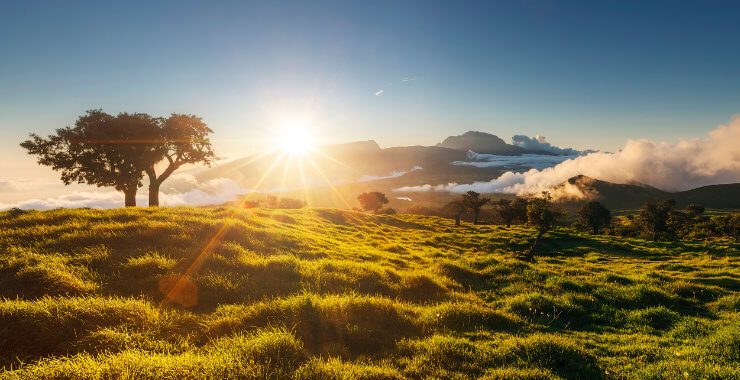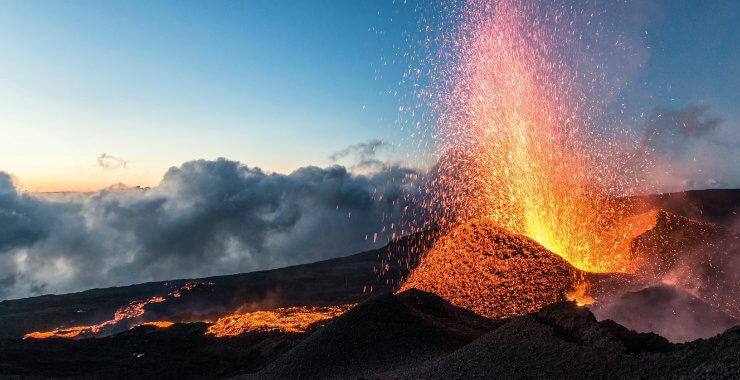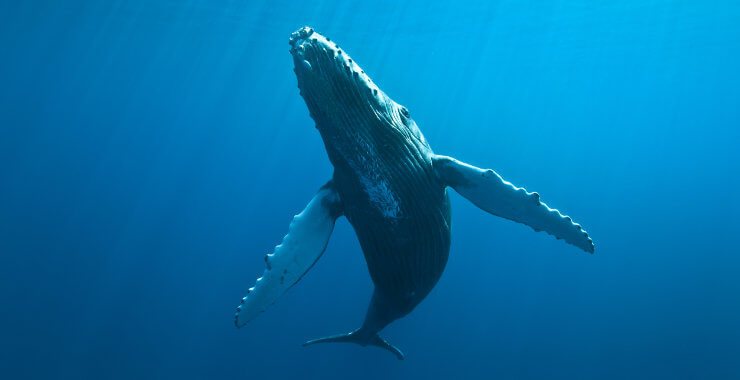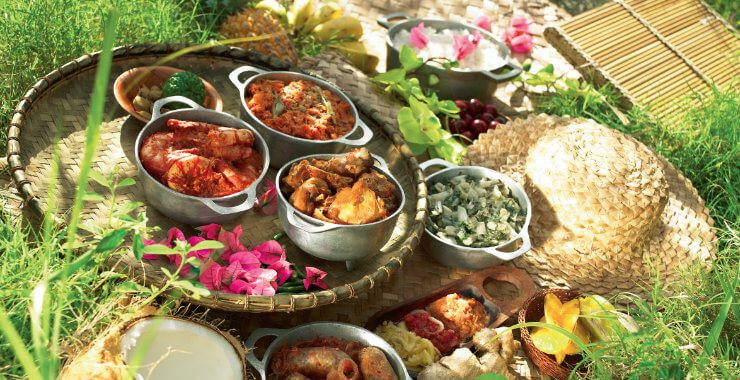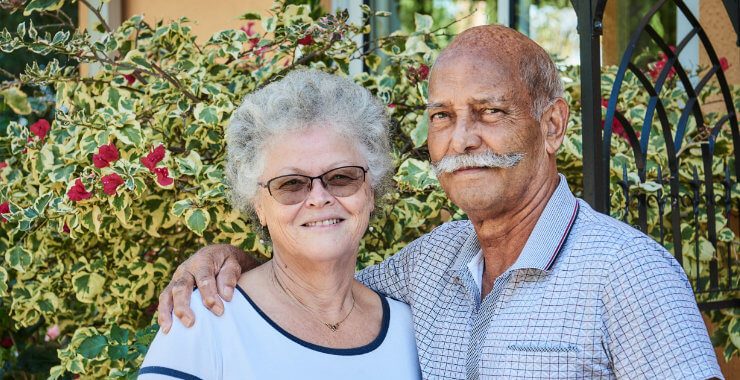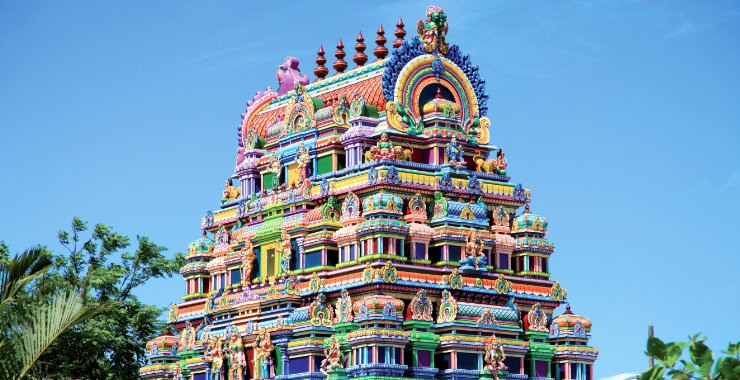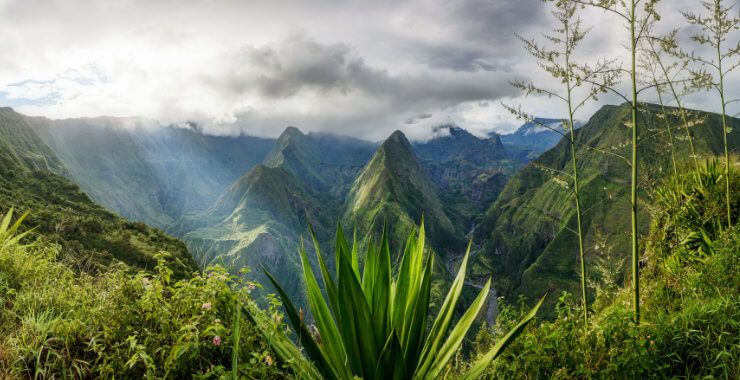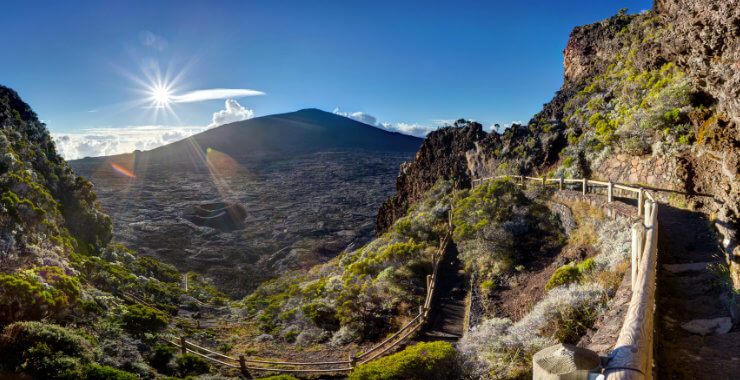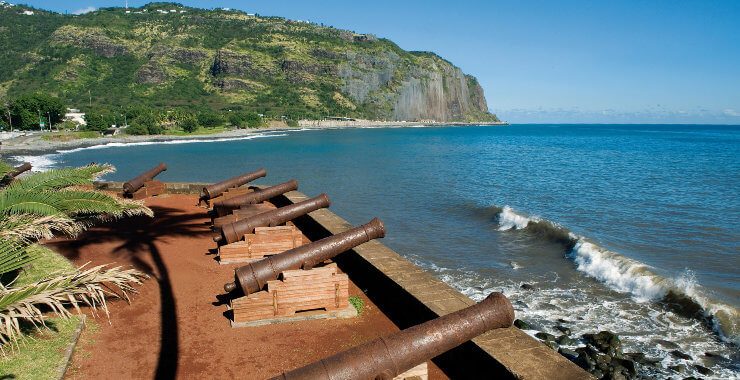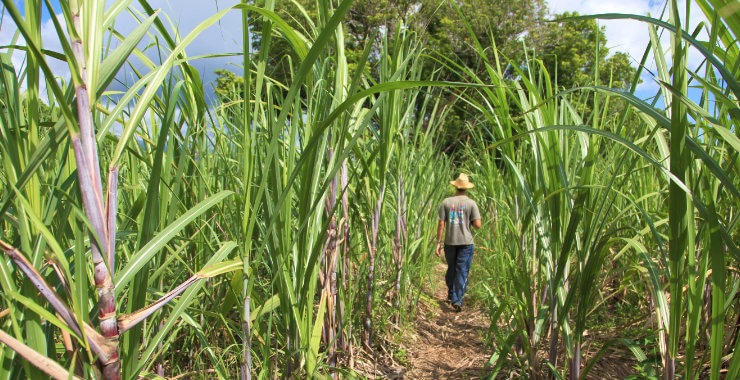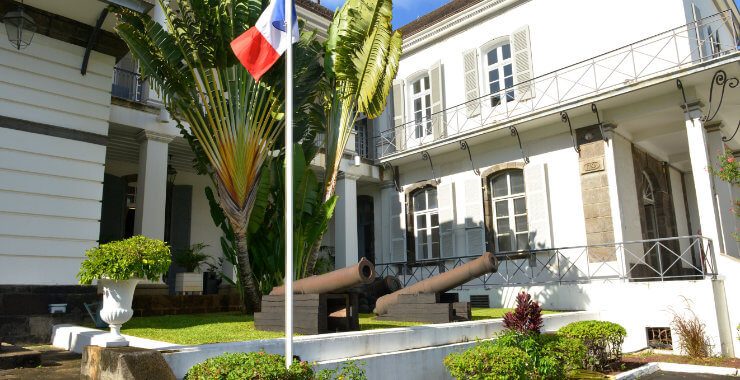Why
Reunion Island?
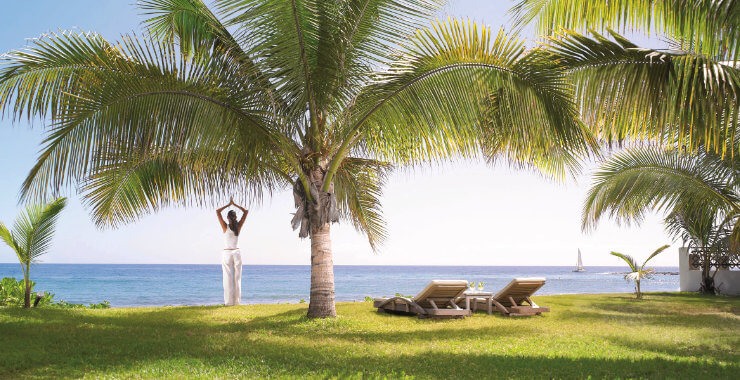
Reunion Island is a tropical island combining many tourist attractions. There are a wide variety of activities there. It is an island that is both seaside and also culturally exotic. Sports enthusiasts can also benefit from the many activities in the river, in the mountains. Running and hiking afficionados will love it all with exceptional views of the atypical landscape of Reunion Island.

